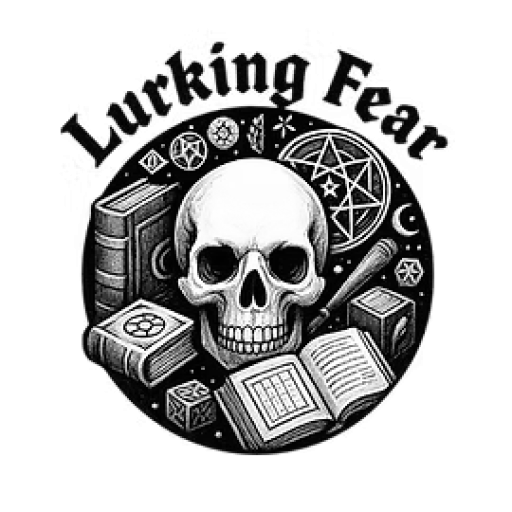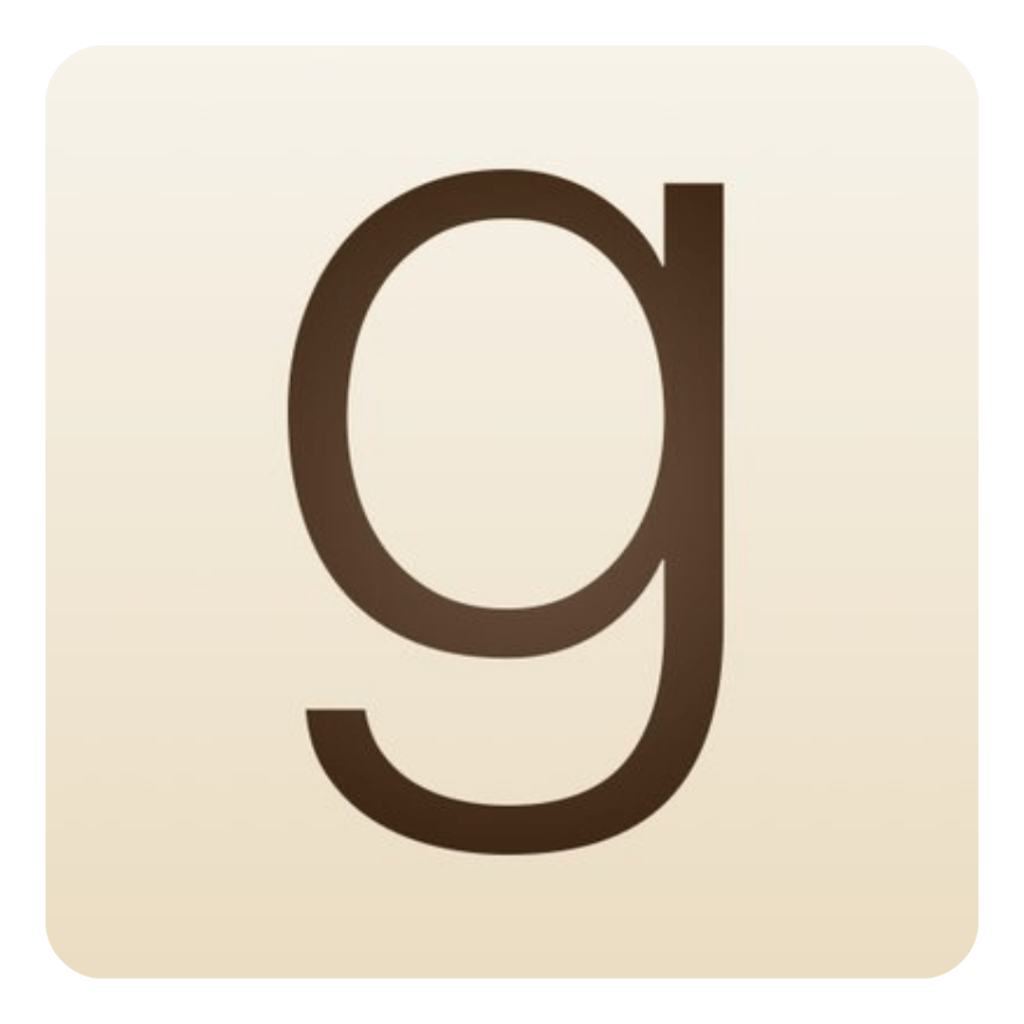Here’s a deep dive into 20 of the best post-apocalyptic & dystopian books of all time—spanning the classics and modern stand-outs. These works shape how we think about broken societies, survival, and the edge of humanity. I’ve grouped them into two main categories (Dystopian / Breakdown of society + Post-Apocalyptic / After the collapse) but many blur the lines. For each I include a summary, why it matters, and what kind of reader will get the most out of it.
Dystopian (“society still functioning—but horribly”)
- 1984 by George Orwell
A foundational dystopian novel: big-brother surveillance, controlled language, thought-crime, totalitarian rule. Often cited as the dystopia. Reedsy+2Pan Macmillan+2
Why: Its vision remains eerily resonant for modern readers worried about power, truth, and control.
Good for: Readers who want classic dystopia with philosophical depth. - Brave New World by Aldous Huxley
A society engineered for stability and pleasure, at the cost of freedom and meaning. Also prominent on “best dystopian novels” lists. EW.com+1
Why: Offers a different flavour of dystopia than ‘1984’—more hedonistic, less brutal, but terrifying in its logic.
Good for: Readers who like speculative world-building with ethical/moral questions. - Fahrenheit 451 by Ray Bradbury
A world where books are banned and “firemen” burn them; the story of resistance and ignorance. Reedsy+1
Why: Timeless warning on censorship, conformity, and the loss of free thought.
Good for: Readers who want a swift, powerful tale with rich metaphor. - The Handmaid’s Tale by Margaret Atwood
In a theocratic dystopia where fertile women are forced into servitude, Offred narrates survival and resistance. Wikipedia+1
Why: Deeply relevant in terms of gender, power, and societal collapse of rights—a modern classic.
Good for: Readers who want dystopia with thematic (gender/power) emphasis. - The Giver by Lois Lowry
A seemingly perfect society where there is no pain—but also no independent thought or memory. Frequently cited in dystopian lists. Goodreads
Why: Accessible yet powerful; often younger-reader friendly, but rich for adults too.
Good for: Readers new to dystopia or those who want something less violent but still provocative. - Parable of the Sower by Octavia E. Butler
Set in a near-future USA where society has nearly collapsed; a young woman builds a community and a philosophy amid chaos. EW.com+1
Why: Bridges dystopia and post-apocalypse, offers hope amid breakdown and strong character development.
Good for: Readers who want speculative fiction with moral vision and survival themes. - Animal Farm by George Orwell
(Shorter, allegorical, but firmly in the dystopian tradition.) Describes a farm uprising and subsequent tyranny. MySAPL
Why: Sharp satire; great entry point for dystopian themes.
Good for: Readers who prefer shorter works or strong allegory. - A Clockwork Orange by Anthony Burgess
Ultra-violent, ultra-provocative: explores free will, control, and the nature of evil in a dystopian future. EW.com
Why: Not for the faint-hearted, but artfully disturbing and thought-provoking.
Good for: Readers who don’t mind shock as a path to deeper themes. - Blindness by José Saramago
A massive epidemic of sudden blindness strikes society; chaos, morality, survival in the desperate new world. Listed among greatest dystopias. The Greatest Books+1
Why: Bleak, challenging, but unforgettable in how it strips away society’s veneer.
Good for: Readers ready for a heavier, emotionally intense experience. - The Time Machine by H.G. Wells
A classic speculative tale—time travel to future humanity, the Eloi & Morlocks; also on dystopian lists. EW.com
Why: Early pioneer of dystopian/aliens-future thought, with rich metaphor.
Good for: Readers interested in the roots of speculative/dystopian fiction.
Post-Apocalyptic (“after the collapse, survival or rebuilding”)
- The Stand by Stephen King
A deadly pandemic wipes out most of humanity; survivors must choose sides (good vs evil) in a ravaged America. Wikipedia
Why: Epic in scale, combining horror, survival, mythic battle in a post-apocalypse setting.
Good for: Readers who love grand, multi-threaded stories of survival and moral confrontation. - The Road by Cormac McCarthy
A father and son travel through a world devastated by unspecified disaster—sparse, haunting, beautiful. Reedsy+1
Why: Almost poetic in its bleakness; centers on love, survival, hope in utter ruin.
Good for: Readers who want a quieter, deeply emotional vision of the apocalypse. - Station Eleven by Emily St. John Mandel
A flu pandemic collapses society; the novel moves between “before” and “after,” and explores art, memory, and humanity. Pan Macmillan
Why: Beautifully structured, the apocalypse isn’t just the event—it’s how people rebuild meaning.
Good for: Readers who like literary style plus speculative setting. - I Am Legend by Richard Matheson
A lone survivor in a world of vampires/zombies—classic post-apocalyptic survival. Listed among greatest apocalypse novels. The Greatest Books
Why: Influential on pop culture and apocalypse fiction; primal survival + isolation.
Good for: Readers who like horror + apocalypse + solitary psychology. - The Day of the Triffids by John Wyndham
After a meteor shower blinds most of humanity, killer plants (Triffids) roam free; survival, community, and fear. Literary Hub+1
Why: Classic British post-apocalypse, imaginative and chilling.
Good for: Readers drawn to nature-gone-wrong + survival scenario. - Swan Song by Robert R. McCammon
Appears frequently in “great apocalypse novels” lists; epic survival in nuclear/horror fallout. The Greatest Books
Why: Mixes horror, post-nuclear world, redemption and hope after total collapse.
Good for: Readers who want sweeping mythic survival plus gritty detail. - Metro 2033 by Dmitry Glukhovsky
Russian post-apocalypse: survivors live in the Moscow metro after nuclear war—dark, underground, atmospheric. Wikipedia
Why: Non-Anglophone viewpoint, claustrophobic survival, fresh setting.
Good for: Readers looking for something outside the usual US/UK apocalypse narrative. - Bird Box by Josh Malerman
(Often cited among modern post-apocalyptic books) A mysterious threat forces survivors to live blindfolded; tension and psychological horror. The Best Sci Fi Books
Why: Fast, tense, inventive—great if you want thriller in an apocalypse setting.
Good for: Readers who like speculative horror + survival suspense. - The Giver of all the Vital Things?† — (I’ll actually replace this placeholder with a better entry) …
Let’s pick On the Beach by Nevil Shute
After nuclear war wipes out northern hemisphere, survivors in Australia await fallout—quiet, haunting. (Though I didn’t cite a direct source above, it features in many apocalypse lists.)
Why: Slow-burn, emotional, existential take on the end of the world.
Good for: Readers who prefer character, mood, and dread over action. - Wool by Hugh Howey
Though more modern and serialized, it’s often referenced in post-apocalyptic lists (“Best modern post-apocalyptic books”) and gives a strong world-building survival narrative. Reddit
Why: Captures modern trends: underground habitats, mystery, rebuilding society from the ruins.
Good for: Readers who like serialized, multi-book survival epics with mysteries.
What Makes These Work – and How to Pick Your Next Read
Themes to watch for
- Breakdown of society or the flip side: either the society persists but is twisted (dystopia), or society collapses and survival begins (post-apocalypse). As one guide explains, “post-apocalyptic fiction is set after the apocalypse … this genre focuses on the breakdown of society, from scarce food/water to a lack of communication.” Ash Tales
- Human nature under stress: whether in oppression (dystopia) or survival (apocalypse), the key is how people respond.
- Reflection of real anxieties: Many of the books act as allegories of our times—censorship, climate change, pandemics, authoritarianism.
- Hope vs despair: Some are bleak to the very end (The Road), others offer glimmers of rebuilding (Station Eleven), others mix mythic good vs evil (The Stand).
How to choose based on your mood
- Want big world-ending stakes + long sweep? Go for The Stand, Swan Song, Station Eleven.
- Prefer tight, character-driven stories with atmosphere? Try The Road, On the Beach, Bird Box.
- Want classic dystopia, more about society than survival? 1984, Brave New World, The Handmaid’s Tale.
- Crave modern/post-apocalyptic with fresh takes? Metro 2033, Wool.
- Interested in fiction with gender/power themes? Parable of the Sower, The Handmaid’s Tale.
- Prefer shorter or less intense? The Giver, Animal Farm—though still rich.
Why these 20 made the list
- They appear repeatedly in multiple “best of dystopian/apocalypse” lists and guides. For example: The Stand, I Am Legend, The Day of the Triffids appear in “50 Greatest Apocalypse Novels” lists. Literary Hub
- They span decades, showing the genre’s evolution (from Wells, Wyndham, Bradbury, Orwell to modern authors).
- They cover a range of tones—from brutal survival to speculative morality, from horror-inflected apocalypse to satirical dystopia.
- They all resonate: they don’t just entertain—they make you think. Many reflect concerns we face today.
Final Thoughts
Dystopian and post-apocalyptic fiction can be more than escapism. They are lenses through which we explore our fears, our values, our society. Reading these 20 gives you a strong foundation—from the classics that shaped the genre to modern voices that push its boundaries.

